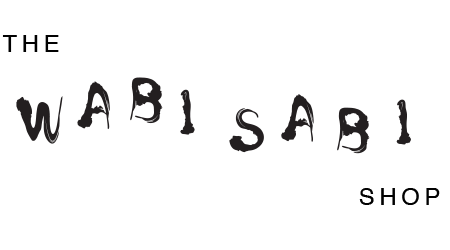
Share
Hari Kuyo: The Memorial Service for the Old Needles
Did you know there’s a beautiful Japanese custom called Hari Kuyō (針供養)? It’s a tradition of honoring old or broken needles—a quiet practice that embodies gratitude and mindfulness in daily life.
Hari Kuyō is more than a ceremony; it’s a moment to pause, reflect, and show respect for the tools that serve us. By expressing thanks to needles that are no longer usable—whether they’re broken, bent, or rusted—we acknowledge their role in supporting our efforts, no matter how small.
A Tradition of Mindful Gratitude
Hari Kuyō is observed on two special days each year: February 8, marking Koto-Hajime (the first workday of the year), and December 8, known as Koto-Osame (the final workday of the year). Both dates encourage humility and reflection, making them fitting moments to retire old needles with care.
In temples, shrines, and homes across Japan, people gather to place their old needles into soft tofu or konnyaku (a gentle, jelly-like food made from konjac). This act symbolizes giving the needles a final moment of rest, especially after a lifetime of piercing through thick or hard materials. Alongside this ritual, participants pray for their wishes and for improved skills in sewing and craftsmanship.
When people perform needle offerings at home, they stick the old needles into soft things, such as tofu or konnyaku. Then they thank the needles and pray for their wishes. Sewing needles are often used for thick or hard things, so sticking needles into soft things is a way of praying for the needles.
In a way, Hari Kuyō reflects the broader Japanese concept of Mottainai, which embodies the idea of not letting things go to waste. Mottainai encourages us to appreciate the value of objects, treat them with care, and find ways to extend their usefulness.
By honoring old needles instead of discarding them thoughtlessly, Hari Kuyō beautifully illustrates this philosophy of respect and gratitude. If you’d like to explore more about Mottainai and how it shapes Japanese culture, you can read about it here.
A Personal Reflection
Last month, I found myself mending a pair of old jeans—an upcycling project that felt as rewarding as it was challenging. The heavy denim fabric pushed several needles to their limit, leaving a few bent or broken. Instead of tossing them away, I’ll be setting them aside for my own Hari Kuyō at home. It’s a small gesture, but it feels like a meaningful way to honor these humble tools and the work they’ve done.
In a world that often encourages us to discard and replace, Hari Kuyō offers a valuable perspective: to cherish what we have, to give thanks, and to reflect on the role even the smallest objects play in our lives.

In the Spirit of Hari Kuyō
Hari Kuyō teaches us to slow down and appreciate the tools that quietly support our lives. Whether it’s a sewing needle, a kitchen utensil, or a favorite mug, each object carries the story of its use and its impact on our daily routines. Taking a moment to honor these tools reminds us to live with mindfulness and gratitude.
If this tradition resonates with you, consider extending its philosophy to other areas of life. For example, the Kintsugi Kit, invites us to repair broken ceramics with golden seams, celebrating their imperfections and giving them a second life. Both Hari Kuyō and Kintsugi remind us that value lies not just in perfection but in care and intention.
How do you express gratitude for the tools and objects in your life? Have you ever participated in a ritual like Hari Kuyō? Share your thoughts in the comments below—we’d love to hear your perspective!
